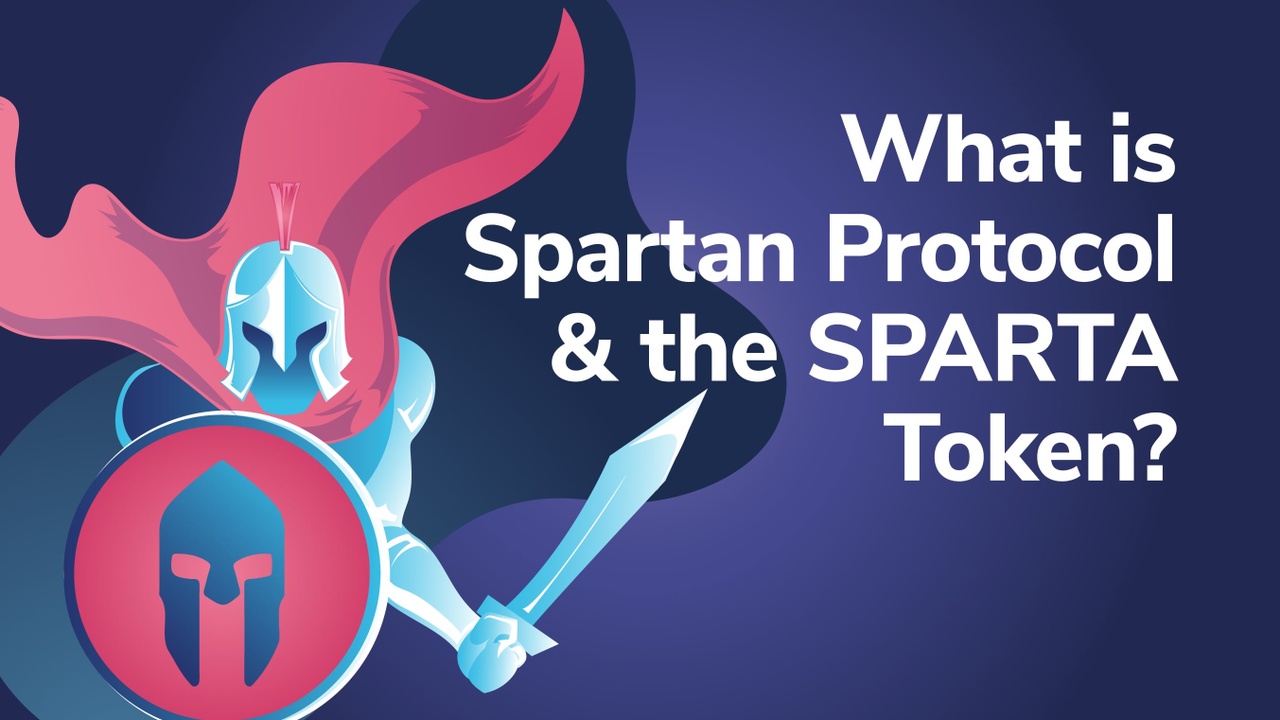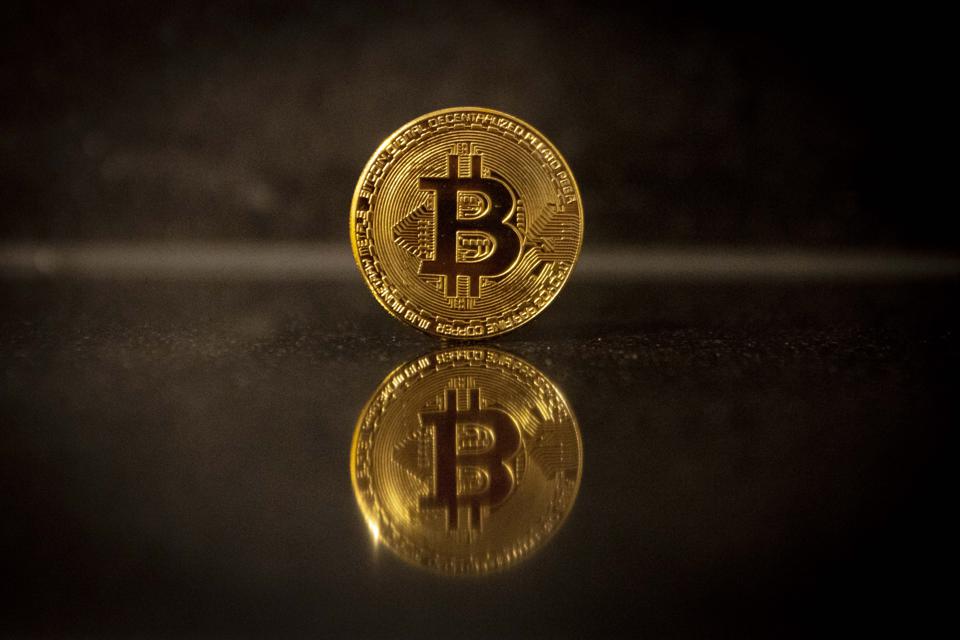
Spartan Protocol is a Decentralized Finance (Defi) initiative based on Binance Smart Chain (BSC). Spartan Protocol, with an emphasis on incentivized liquidity pools and SyntheticYield Assets, enables users to earn cash by supplying liquidity to pools and developing derivative tokens using Synthetic Assets.
Spartan Protocol was founded by a group of former Binance Chain developers that shared a strong belief in decentralization. All SPARTA tokens were acquired through a Proof-of-burn procedure of selected BEP20 tokens upon its commencement, hence there are no founder/team tokens or treasury. Every token holder has a voice in DAO governance, hence Spartan Protocol was designed by the community for the community.
What Sets Spartan Protocol Apart?
Spartan Protocol, at its core, provides incentivized liquidity pools facilitated by an automated market maker (AMM) algorithm with liquidity-sensitive fees. The AMM algorithm increases transparency while decreasing slippage and lag caused by human intervention/manipulation. With liquidity-sensitive fees, the system is guaranteed to identify correct token purchasing at all times, resulting in scalable and risk-tolerant growth. When combined with other features like Synths and Lending, the use cases for the underlying pools expand, resulting in higher income generation and higher APYs.
Synthetic assets are a pretty unique feature of the Spartan Protocol; by creating synthetic assets, users can generate derivative tokens that allow them to go long or short on multiple markets without having to own the specific asset. Synthetic assets are created by using price anchors provided by Spartan Protocol liquidity pools and are collateralized by liquidity pool shares. The liquidity pool shares are marketable, value-stabilized, and maybe liquidated instantaneously. Liquidity-sensitive fees ensure that positions are taken upscale with the depth of available liquidity, avoiding the deleveraging spirals seen in many similar systems
The Spartan DAO is a framework for governing the entire ecosystem and allocating protocol incentives.
To encourage the establishment of deep liquidity pools, Spartan Protocol provides community-governed and programmable token emission features. This robust liquidity base will be used to facilitate asset swaps, synthetic token production, lending, derivatives, and other services. SPARTA, the common base asset, provides an internal pricing mechanism that does not rely on external oracles. Binance Smart Chain was selected as the protocol’s home to enable near-instant settlement and extremely low gas expenses.
What exactly is Spartan Protocol?
Spartan Protocol is developing a decentralized exchange (DEX) that will use an automated market maker (AMM) algorithm and liquidity-sensitive fees. One of the distinctive features of the Spartan Protocol is that it makes it possible to create synthetic assets proportional to the amount of liquidity in a pool.
Spartan Protocol was based on Binance Smart Chain (BSC), an EVM-compatible, decentralized Proof-of-Staked Authority (PoSA) blockchain with ultra-fast block confirmation times. The native BEP-20 token standard (BSC), BEP-2 (Binance Chain), and Ethereum ERC-20 tokens can all be swapped using BSC. BSC runs concurrently with Binance Chain, which hosts the conventional Binance centralized exchange as well as the native Binance Coin (BNB).
BSC runs concurrently with Binance Chain, which hosts the conventional Binance centralized exchange as well as the native Binance Coin (BNB). However, BSC is a development environment for decentralized apps (dApps) intended to offset Ethereum’s excessive gas fees.
Binance Smart Chain (BSC) transaction fees are negligible when compared to Ethereum gas. During periods of significant network congestion, Ethereum gas fees can render much-decentralized finance (DeFi) protocols inoperable. By drastically lowering transaction fees, BSC is fostering an atmosphere that lowers the barrier to entry for DeFi. This not only benefits users with a smaller portfolio, but it also enables building and deploying decentralized applications cheaper, easier, and faster for developers (dApps).
Binance Smart Chain (BSC) has a decent chance of competing with other major smart contract-enabled blockchains if the recent few months are any indication. If the recent growth and adoption of BSC continue, we may see the emergence of more novel protocols across the Binance ecosystem.
What is the Spartan Protocol?
Spartan Protocol consists of numerous essential components, each of which is at varying phases of development and deployment. The Spartan Protocol platform includes many of the same services and technologies found on prominent decentralized finance (DeFi) platforms like Aave, Compound, and Synthetix. Many parts, however, are yet to be fully developed, and new features may be introduced at any time. Furthermore, Spartan Protocol and its Sparta product should not be confused with Akropolis Protocol and its Sparta product.
SpartanPools
The incentivized liquidity pools, which use an automated market maker (AMM) architecture with liquidity-sensitive fees, are a critical cog in the Spartan Protocol infrastructure. The Spartan Protocol does not require oracles to compute the value of assets in relation to one another. Synthetic BEP-20 tokens are linked with SPARTA tokens to create a common value at which other assets are priced. The protocol’s continuous liquidity pool approach makes use of crypto arbitrage opportunities to keep token prices steady. If the token value differs from the market value, arbitrage traders will seize the opportunity until both asset prices are equal.
Another feature of SpartaPools is its innovative algorithm, which is supposed to be resistant to manipulation by token rug pulls. This is accomplished by significantly increasing transaction fees when purchasing a large percentage of pool tokens. Furthermore, this method enables Spartan Protocol to keep expanding and boosting liquidity.
SpartaPools use liquidity-sensitive fees, which are comparable to THORChain’s slip-based methodology, as opposed to Uniswap’s fixed-based fee model. In short, this contributes to the maintenance of a self-sustaining incentivized mechanism for minting synthetic assets. Furthermore, this assures that prices are not manipulated and that liquidity demand is always met. Users who give SPARTA or BEP-20 tokens are rewarded with liquidity provider (LP) tokens, which have numerous utilities that will be explained later.
If you want to boost your trading skills during this bull market, make sure to check out Ivan on Tech Academy’s Technical Analysis 101 course. This course is intended to teach you how to sense market sentiment and make informed decisions based on statistics rather than emotion! Once you’ve mastered that, try enrolling in Tech Academy’s Algorithmic Trading course with Ivan. You can learn how to build your own trading bots and backtest your techniques to automate your trades right here!
SpartanSynths
Spartan Protocol facilitates the production of decentralized synthetic assets by utilizing price anchors provided by its liquidity pools (synths). SpartanSynths are backed by liquidity pool shares that are “on-market, value-stabilized, and instantiable.” Furthermore, thanks to the Spartan Protocol, liquidity-sensitive fees eliminate the deleveraging concerns that other protocols encounter. The Spartan Protocol platform’s assets are price-pegged to the native SPARTA token, eliminating the need for third-party oracles.
SpartanSynths’ major function during the initial phase will be to ease the opening of long and short positions with leverage using BEP-20 assets. Furthermore, this is accomplished without the use of ‘know your customer (KYC) protocols or centralized exchanges.
Users must have SPARTA and BEP-20 tokens in order to make synthesizers. These tokens must then be used in a SPARTA/BEP-20 token liquidity pool to provide liquidity. When liquidity pool tokens are locked into a smart contract, they serve as collateral for users to construct synthetic assets. This basically places the user in either a long or short position for the synthetic asset. As collateral, liquidity provider (LP) tokens and their underlying assets are used.
Coined assets, on the other hand, are effectively debt. When the value of LP tokens rises, a portion of the locked tokens is automatically freed. The produced liquidity can be utilized to construct additional synthetic assets, which can then be added to an existing position.
In addition, a proposal has been made, and measures have been taken to construct a ‘leverage contract.’ The leverage contract intends to enable customers to raise or decrease the leverage of a position by utilizing synthetic assets. Though this is not yet live, numerous implementations are now in the works, and the larger community is welcome to contribute on the testnet whenever it becomes available.
DAO Spartan
The Spartan Protocol’s decentralized autonomous organization (DAO), known as the ‘BonDAO,’ chooses which assets can be enabled for synth generation. On the platform in the future, we may see synthetic assets backed by stocks, gold, and other assets. This would introduce a completely new user base to the derivatives market and significantly enhance adoption.
SpartanLending Lending on the Spartan platform is made possible through a collateralized loan and fee mechanism. Unhealthy holdings are immediately liquidated, ensuring pool stability. Furthermore, certain pools are eligible for bonus dividends. These include pools for BNB, USDT, BTCB, BUSD, and ETH.
SpartanLending pools, like many other decentralized finance (DeFi) protocols based on Binance Smart Chain (BSC), provide large benefits. However, as is typically the case, better gains usually come with a higher risk. When adopting new DeFi protocols, always DYOR (do your own research) and exercise risk management.
SpartanSwap
SpartanSwap is an automated market maker (AMM) that allows peerless token swaps to take place without the use of order books or intermediaries. Users can make token swaps without the need for a buyer or seller on the other end, similar to Uniswap and PancakeSwap. The SpartanSwap AMM, on the other hand, differs from its competitors in that it charges liquidity-sensitive fees. SpartanSwap also has a common settlement asset, the SPARTA token.
Token SPARTA
The native BEP-20 SPARTA utility coin is used to compensate liquidity miners and vote on governance initiatives. Spartan Protocol wished to distribute tokens as evenly as possible throughout the decentralized community. As a result, there was no private sale or seed round, and no airdrops or early deliveries. As part of the token distribution, the Spartan Protocol token (SPARTA) uses the novel ‘Proof-of-Burn’ model.
The total number of tokens available is 300 million. The initial 100 million tokens were distributed via the ‘Proof-of-Burn’ method. Users would exchange Binance Coin (BNB) or other BEP-2 assets, which would subsequently be burned, for newly-minted SPARTA tokens.
Spartan will programmatically emit the remaining 200 million tokens over the following ten years. For the purposes of user incentives, this will start at 35% APY and gradually decrease.
The Spartan Protocol tokenomic structure results in a decreasing circulating token supply enhanced liquidity, and the ability to easily swap between pools. As a result, in addition to the token’s utility, this should enhance demand for SPARTA.
Thank you for reading my article. I hope you found this interesting and helpful. Share it with your friends and family, and let me know your views on Spartan Protocol Token in the comment section below.












